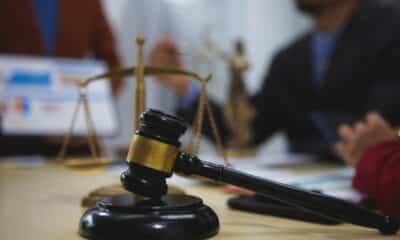Tips To Make Your Home Safe For A Newborn Baby
Congratulations on the upcoming arrival of your new bundle of joy! Along with planning the nursery, it’s crucial to baby-proof the rest of your home to ensure a safe environment for your little one. Getting your entire house baby-proofed early will help reduce anxiety once your baby starts moving around. Preparing in advance allows you to focus on the exciting new experiences with your baby without worrying about potential hazards. Here are nine ways to baby-proof your home.
Inspect Your Home Thoroughly
Conduct a comprehensive inspection of every room in your home to identify potential hazards such as sharp edges, small objects, electrical cords, and choking hazards. Get down on your hands and knees to view your home from your child’s perspective and make a plan to address any safety concerns.
Secure Furniture and Appliances
Use furniture straps or anchors to prevent tall furniture like bookshelves and dressers from tipping over. Install locks on appliances such as refrigerators, ovens, and dishwashers to prevent access to potentially dangerous items.
Install Safety Gates
Place safety gates to block off stairs, doorways, or any unsafe areas in your home. Invest in safety gates for various locations in your home, such as the top and bottom of staircases or in the office, to ensure complete protection.
Cover Electrical Outlets
Use tamper-resistant outlet covers to prevent your child from coming into contact with electrical outlets, reducing the risk of electrical shock.
Keep Cords Out of Reach
Avoid potential strangulation hazards by securing electrical cords and cables out of your child’s reach. Use cord shorteners, concealers, or clips to keep cords secure and away from your curious little one.
Secure Cabinets
Use high-quality locks on cabinets containing cleaning supplies, medications, or sharp objects to prevent access to hazardous items.
Remove Choking Hazards
Store small items like buttons, marbles, and small toys in labeled containers with lids to prevent choking hazards.
Ensure Crib Safety
Select a crib that meets safety standards, assemble it correctly, and regularly check for wear and tear. Use a safe crib mattress to provide a secure and comfortable sleeping environment for your baby.
Supervise Nap and Playtime
Stay vigilant during your baby’s nap and playtime, monitoring their activities to ensure their safety. Consider using a monitor to keep an eye on your child, especially as they grow and become more mobile.
















